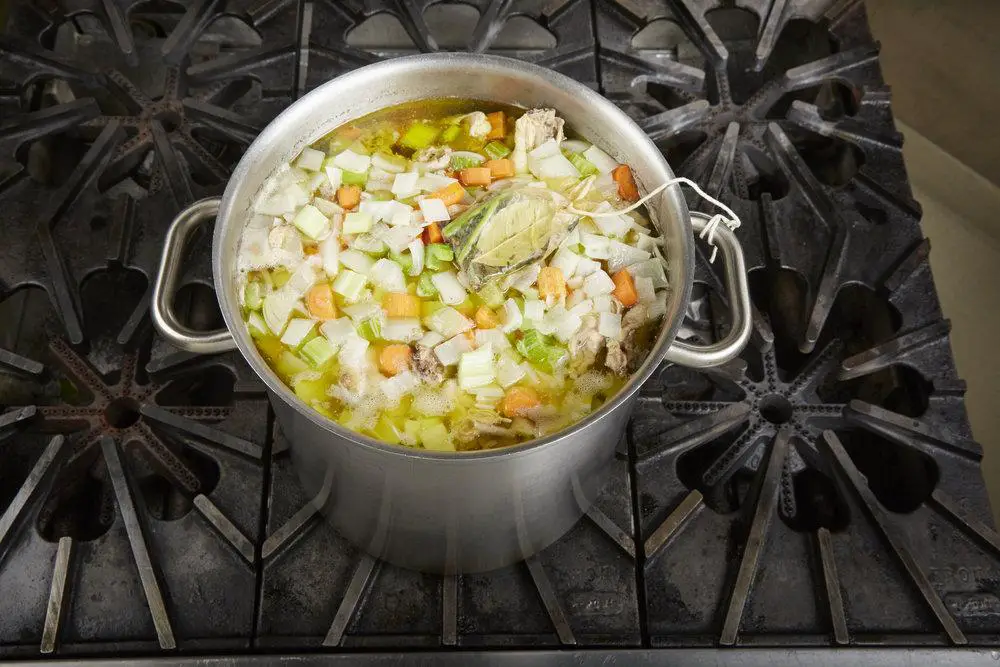Blog
Commodities: Shortenings (Fats & Oils)
Fats are solid at room temperature and melt when heated. Those used in cooking include butter, margarine, lard, suet, and hydrogenated fat.
Oils are liquid at normal temperatures but solidify at lower temperatures. Those commonly used in cooking are peanut (groundnut/arachide) oil, coconut oil, mustard seed oil, sesame (teel) oil, olive oil, and safflower oil.
Shortenings of fats that are used in the baking industry and confectionery.
Table of Contents
Hydrogenation Of Oils
The conversion of oil into fat is known as hydrogenation. The process changes the physical properties of the oil.
Hydrogenation consists of treating oil under suitable pressure and temperature with hydrogen, in the presence of a catalyst, usually Nickle (Ni). Under these conditions, the unsaturated fatty acids present in the oil combines with the hydrogen. This chemical process brings about a physical change and the liquid oil change into solid fat. The unsaturated fatty acids are chiefly those of the oleic type and are converted into solid stearic acid. The varying consistencies available in fats is due to the process of hydrogenation being stopped at various stages.
Shortenings
Fats can be used as shortenings or as a cooking medium. In confectionery, fats impart their characteristic flavor as well as shortening qualities. Their effect is to coat and break down the gluten strands, so that instead of being hard and tough to eat, foods containing shortening break off short and melt readily in the mouth.
Factors to look for in Shortenings:
Creaming Value
This affects the volume of the item eg: cakes. The amount of air incorporated during creaming increases the volume of the item.
Shortening value
The shortness gives to the end product. Shortness is a quality essential in products such as biscuits & cookies.
Stability
It refers to keeping quality and shelf life.
Consistency
Hardness or Softness depending on the purpose. Hardness for puff pastry and softness for cakes.
Water absorption will also affect the emulsification value of the shortening.
Power
As for shortening agents, fats add to the nutritional and satiety values of flour mixtures like doughs and batters. They also contribute to the taste and flavor. The type of fat and the way it is incorporated will affect the texture (eg: shortcrust pastry and flaky pastry). Baking must be done at correct temperatures. As the fat melts during baking, it must be absorbed by the flour. If the heat is insufficient, the melted fat will run out and result in a hard product. Fat which has been broken up into small particles during creaming will be more easily absorbed than fat left in large pieces.
Fat as a frying medium
Fat as a frying medium function in three ways:
- It serves to transmit heat to the articles of food to be fried.
- It adds to the nutritive value (calories).
- It contributes to the flavor and taste and texture of the food.
Fat used as a frying medium must have:
- High smoke point
- Low congealing point
- Low moisture content
- High stability
- The acceptable flavor which is neutral


